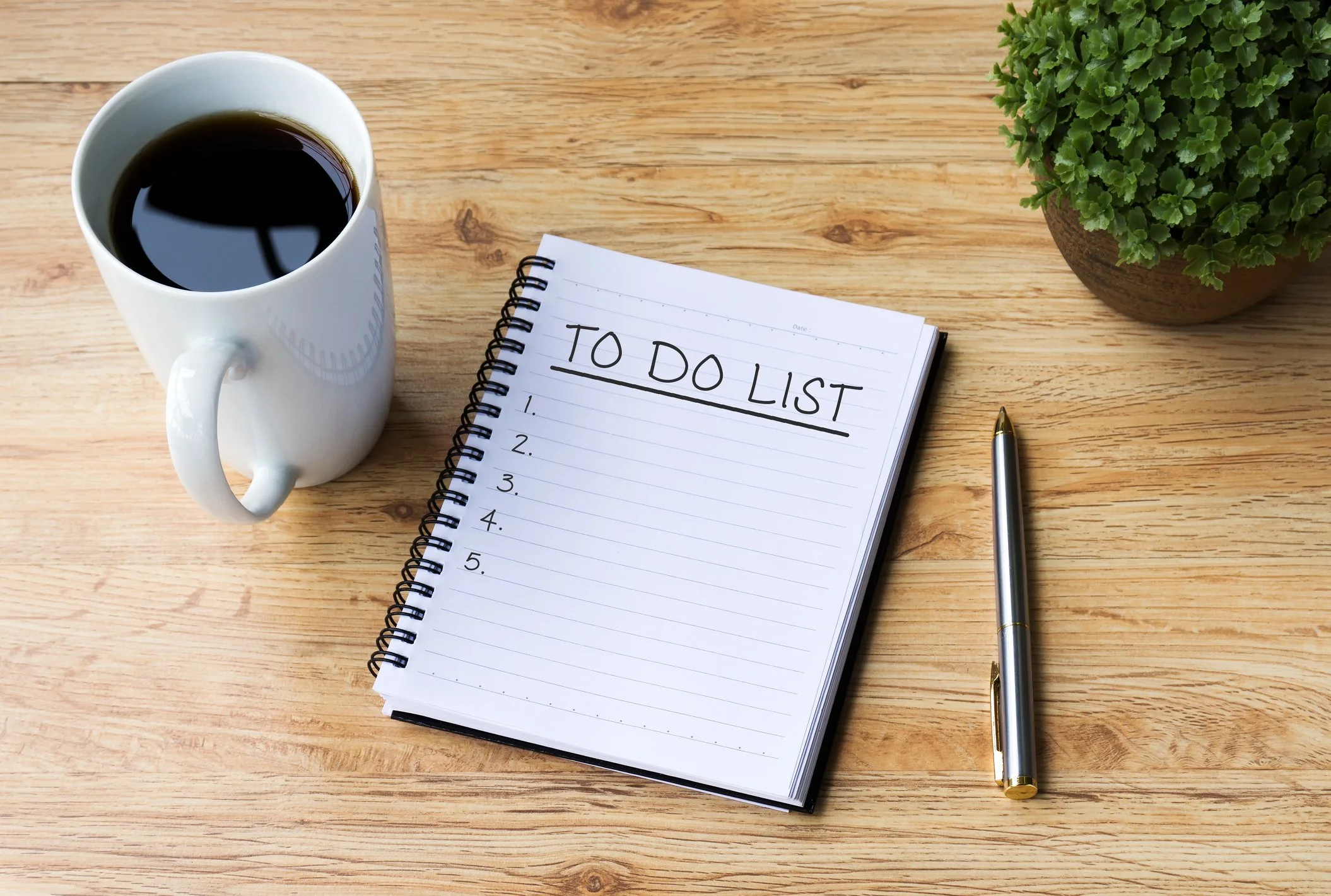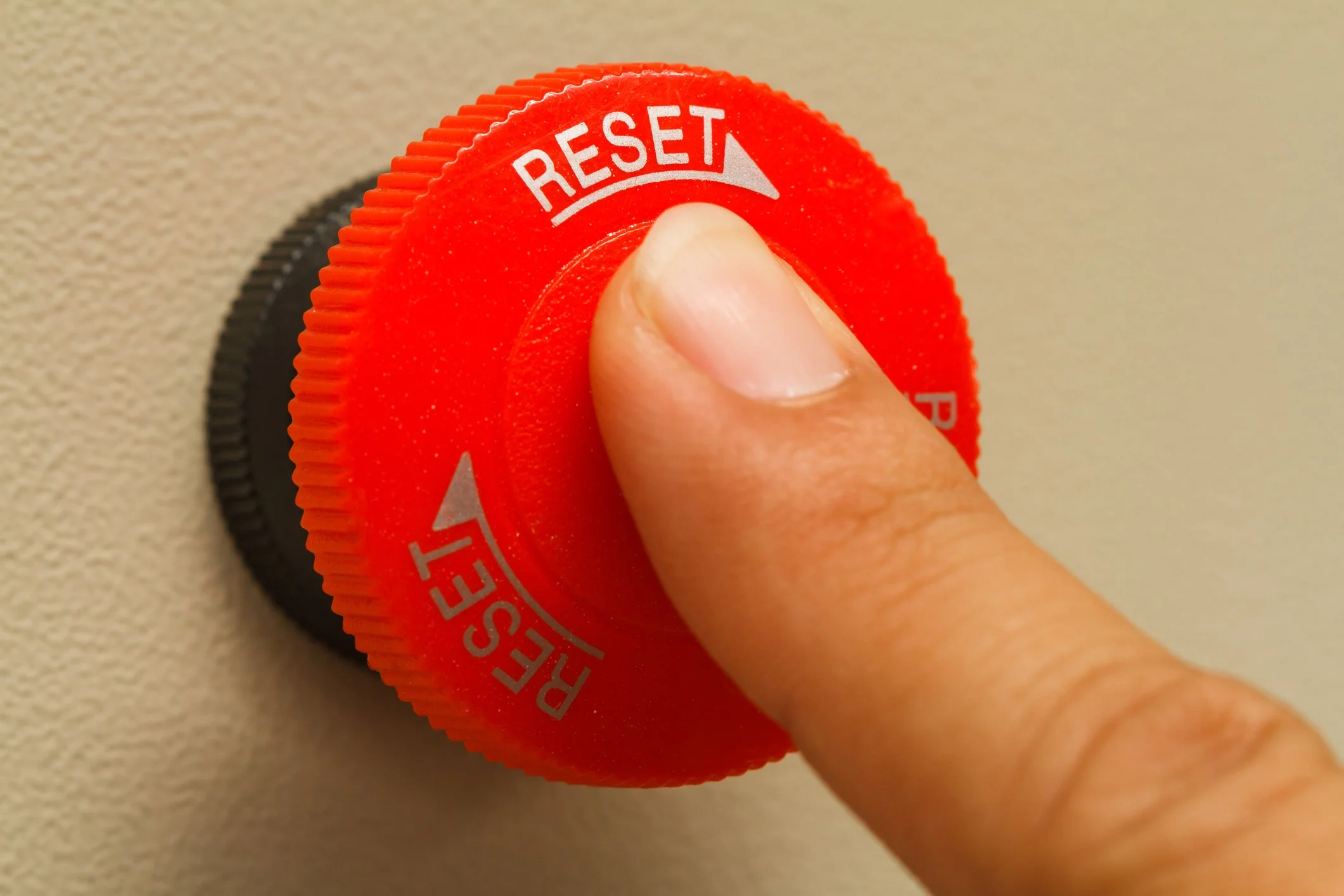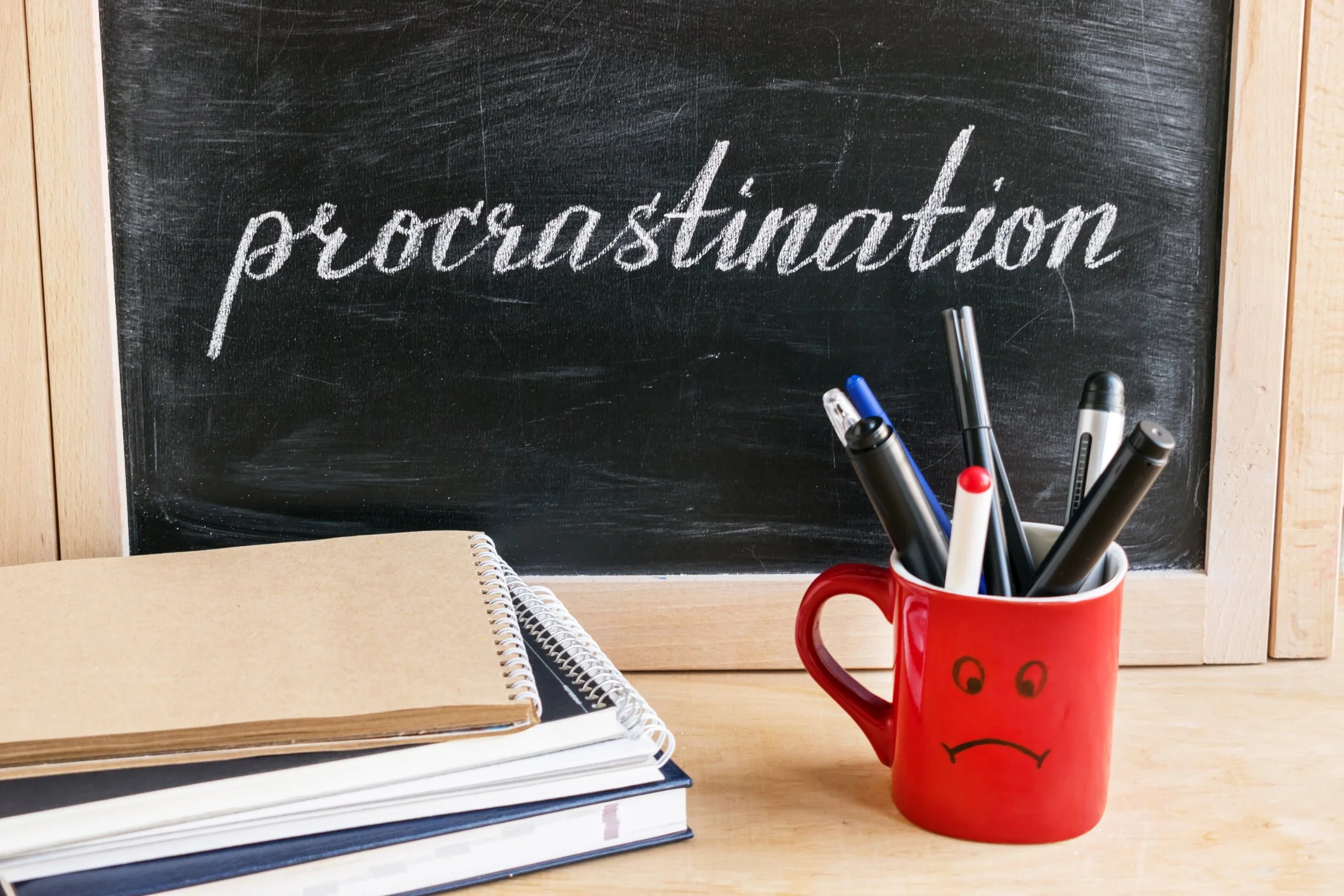Each new year provides us with a fresh start and renewed resolve to get organized, be productive and stay on track with our goals. We know we need calendars and to-do lists to keep ourselves on time and on task. But in our increasingly fast-paced, tech-saturated world, it can be hard to decide between digital options and old-school paper.
The goal, of course, is to find a system that works for you. How do we define whether a planning system “works”? You use it to capture all of your meetings and to-do’s, nothing falls through the cracks, and you refer to it consistently to guide how you spend every day.
Research shows that paper planning has many advantages, and appeals to people of all ages. Many people whose schedules are in the cloud for sharing with colleagues still find it beneficial to supplement their online calendar with a paper based planning and notetaking system.
What are some of the advantages of paper vs digital planning? Here a just a few of the (science-backed) ways:
Paper planning helps you remember. The very act of physically writing pen (or pencil) to paper often emblazons the task on your memory, making it easier to recall (even if you never look at the list again.) Multiple studies, including this 2021 Japanese study published in Neuroscience News, have found that recall is stronger when we write longhand. When we type into a tablet or laptop, learning is impaired due to shallower processing.
Paper planning helps you focus. Going onto a device to use a Calendar or Task App means entering a carnival of temptations every time. You inevitably end up lost in email, social media or other distractions- the opposite of getting things done. By contrast, writing on paper forces a necessary screen break which allows us to access the deeper parts of the brain involved in strategy and decision making.
Paper planning helps you prioritize. How we fill our days is how we fill our lives. Yet, once tasks become dots on a screen, they seem to feel “cheap” and disposable like every other word we can type and delete on a computer. Handwriting your to-do’s requires a commitment. Re-writing incomplete to-dos over and over forces you to consider the true value of a task and what's getting in your way.
Paper planning helps you fulfill your goals. In three different experiments involving over 1,079 people, Columbia Business School (2022) research found that individuals who used paper calendars developed higher quality plans and fulfilled them at a higher success rate. In fact, paper calendar users completed 53% of their plans vs. digital users who completed 33% of their plans. The conclusion was that paper planning enables the user to see the big picture and create more detailed and cohesive plans that took into account how scheduled events will interact with or impact each other so you can plan ahead.
Paper planning provides a visual record of what you got done—fueling your sense of accomplishment. It also helps you to account for where your time has gone, evaluate your workload, and gain insights on what changes you can make to delegate or approach tasks more efficiently moving forward.
Paper planning is surely not for everyone. But if you are gravitating toward paper for note-taking and planning, perhaps you now have a better understanding of why. As human experience and studies continue to reveal, there is still a place for paper planning in our digital world. A paper planner does not replace all the amazing things technology can do for us. But discovering (or rediscovering) a paper planner’s unique and irreplaceable functions can be a tool to help you focus and prioritize.










